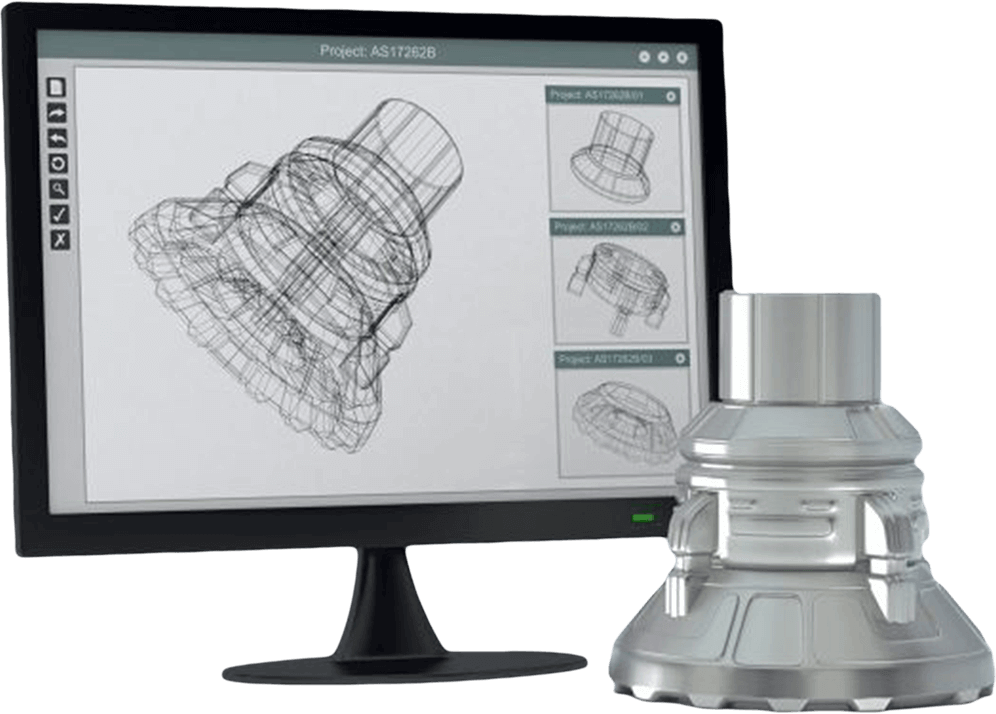
Whatever the item a person or a company intends to produce, creating a prototype is a crucial step in the design process that cannot be glossed over. Why is prototyping important? There are several main reasons; testing and evaluating the design, clarifying production issues and costs, selling it to others, as well as making clear any patentable details.
Evaluating and Testing the Design
Unfortunately, ideas and drawings of a design can sometimes be a far cry from the real world in which the product will be used. By creating a prototype it is possible to sit down with a real version of the product and determine which aspects are worthwhile and which parts need to be revised, changed, or discarded. In the process, it may be possible to find glaring omissions that, on paper, weren’t noticeable.
Additionally, creating a prototype will allow the design team to not only evaluate, but also test the product before going into full production. Imagine ordering tens of thousands of units, only to discover one part isn’t as strong as it needs to be. If corporate giants can make mistakes, it is all the more important for smaller companies to not forget the importance of prototyping before beginning production.
Clarifying Production Costs and Issues
Once production begins, it is costly and time consuming to make changes. By prototyping before production begins, it is possible to take a glimpse at the production process and see if any steps can be changed, combined, or even removed. This not only streamlines production, but keeps the?cost of the actual production to a minimum. Subsequently, if there are any difficulties in production or perhaps processes that can create problems for the final product, it is much better to see these before production starts. It can also help the design team ascertain the optimal method for production; injection-molding, silicone molds,?stamped metal, etc.
Selling the Product to Others
Just like it is far easier to see if there are any problems with a design by holding an actual working model, it is also far easier to sell to potential customers when they have a prototype to hold and manipulate at a marketing presentation. Without a prototype it’s only a concept. It can be difficult to get a?client to commit to a purchase of a concept. With a prototype in hand, the concept instantly becomes real and it is far easier to sign a purchase order.
The customer needs to be taken into consideration during the prototype phase as well. No matter how great the designers and testers think a prototype may be, real consumers may not like certain aspects of it. If the end customer doesn’t like it, they won’t buy it, which is why focus groups and external testing with prototypes needs to be addressed before production begins.
Patents
If a product is new enough or unique enough, patents need to be considered. It’s no use to design and manufacture a great product only to have another company start producing a remarkably similar product because the original company failed to patent key aspects of the design. By having a working prototype, it is much easier to sit down with a patent attorney and see what design aspect may be patentable. On the reverse side, it is possible to see what parts of the prototype and design violate patents of other individuals and how they can be changed before production, and the chance of a lawsuit, begins.
Contact TenX today and get a high-quality prototype fast! 715 235-8474.
